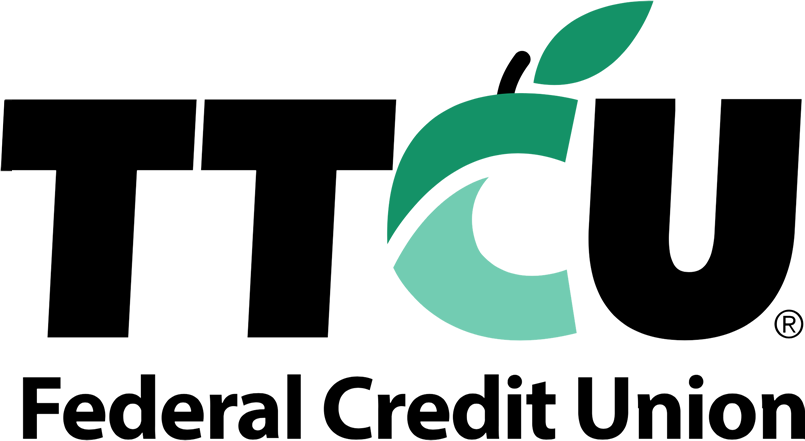Don’t Let Coronavirus Make Your Savings Sick
- Details
- Written by Remar Sutton
- Category: Articles

Why a Personal Savings Plan Is Important and Tips for Getting Started
How much Americans save—or don't save—has been in the news since the U.S. government's report of leading economic indicators indicated that in 2005 the U.S. personal savings rate reached zero and dipped into negative figures.
The U.S. personal savings rate remained near zero or below it until the financial crisis hit. Recently, the savings rate has been rising. But even if the savings picture is a little rosier, commonsense says that as a nation of consumers we are probably not saving enough for a rainy day or more dire emergencies. And of course, there's the question of saving toward something important, such as a down payment for a home or a fund for higher education or retirement.
In this report, I offer some basic savings strategies. My goal is to help you think about creating a basic savings plan for a "ready cash" fund that helps give you and your family additional financial security in an unpredictable world. Most financial planning experts recommend maintaining accessible savings equivalent to three to six months of basic expenses. If you have a family, you probably should aim for at least six months.
Where and how can you carve out savings? And where's the best place to stash the cash, when you've found it? Here are some pointers to help answer both questions.
Strategies for Saving Regularly
Savings often seems a big challenge when you feel that your income is already over-committed. But financial planning experts point out that almost everyone can find ways to trim spending, to buy more efficiently, and thus find money for savings. It does take some discipline, but it's worth it. Here are some important strategies for creating more savings.
-
Find out where your income is going before you decide what you can save. Most people have only a general idea of their expenses and spending. Logging everything you spend for two weeks to a month (even one week) can be eye opening. Knowing how much you are spending on coffee breaks, lunches, random purchases (book, CD, movies, new computer gadget) and even groceries or cell phone bills often reveals places to save.
-
Make a budget. A budget provides a plan for spending. It sets out your fixed and regular expenses such as mortgage or rent, utility payments, and car or loan/credit card payments and sets goals for other necessary but modifiable expenses, such as how much you spend on groceries or clothes. It also sets limits for discretionary spending, such as what you spend on entertainment, recreation, or optional travel. Put a savings goal in your budget.
-
Pay yourself first. Paying yourself first before other expenses is the number one rule for successfully saving more. Many people discover that if they put aside a set amount in savings with every paycheck, then they don't really miss the money saved.
- Even if you don't have your paycheck direct deposited, you can make a plan to contribute regularly to savings. You can still set up an Automatic Transfer from your checking account to savings. You can use other strategies for accumulating dollars to save. Some people, for example, pay with cash and place all coins and $1 and $5 bills left at the end of each day into their "change jar." Every one or two weeks, they deposit the proceeds of this change-jar savings plan. Even this small step can build savings more quickly than you imagine.
-
Pay as you go for regular expenses. If you make a rule that you must use cash, checks, or debit cards instead of credit for some of your expenses, you may be more likely to control spending on those items. Food, fuel, utilities, and clothing might qualify for that list.
-
Be a disciplined shopper. You can support your goals by being a disciplined shopper.
- For example, making a grocery list before heading to the supermarket can cut down on impulse purchases; studies show that cutting down on impulse supermarket purchases can save a family hundreds of dollars annually.
- Don't treat shopping as entertainment. Heading to the mall just for the fun of "shopping" often leads to unplanned spending. The best choice is to shop only when you have a necessary purchase. If you simply can't resist shopping as fun, take only a small amount of cash and leave credit cards, debit cards, and checks at home.
-
Downsize your purchases rather than supersize them. Do you really need those top-of-the-premium-line name-brand sneakers or sportswear rather than a more moderate line from the same manufacturer? How much would you save if you bought a mid-range vehicle rather than a luxury nameplate for your next car or truck? What if you bought a late model used vehicle rather than new? How about an economical car instead of a gas-guzzling SUV? How about carpooling to work or taking public transportation, even on one or two days a week? Brown-bagging lunch rather than buying it out can regularly save about $5.00 per day.
-
Pay on time and manage your checking account wisely. Not only does not paying your bills and credit accounts in a timely manner hurt your credit rating, but paying late incurs late fees which can quickly mount to sizeable amounts of money. Bouncing a check or overdrawing your account with a debit card will also incur fees. Nationally, millions of consumers monthly pay millions of dollars in these fees. Manage your credit accounts and money wisely to avoid these unnecessary drains on your money.
-
Pay off high interest debt and credit cards. After you've got an emergency fund saved up, the next important step to finding more money for savings and even investment is to pay off the high-interest debt you have. That means credit card debt for most people. Carrying high balances even on lower-interest credit cards means that you are spending lots of dollars on interest payments. So when your emergency fund of six months coverage is in place, pay down high-interest debt. It doesn't make much sense to put additional savings aside at a 4% or 5% return while you are paying out 7% to 19% or more in interest on credit card debt.
-
Make a long range savings and investment plan. Making a long-range plan for growing your savings and wealth can give you not only the incentive to keep saving but can help put you and your family on a more secure financial foundation and future.
Where to Stash Your Basic Savings
Basic or emergency savings must be both accessible and secure. Of course, you'd like to earn as good a return as possible, but you don't want to invest savings where you can't get the funds immediately when you need them or where there is a risk that you might lose money. Some financial institutions offer several kinds of savings vehicles that meet these goals.
Savings Accounts
Regular savings accounts don't pay much interest. But for your short-term savings, they can make sense. Shop financial institutions to find the best rate.Money Market Accounts
Money market accounts, also called money market deposit accounts, are savings accounts that typically offer higher yields than regular savings accounts.Share Certificate Accounts
Like a certificate of deposit (CD), a certificate account at a good financial institution is a vehicle for investing a fixed amount of money for a fixed term usually at a fixed interest rate. Some financial institutions offer certificates with a variety of term lengths.
No Time Like the Present to Get Started
If building your basic savings is a goal for you and your family, the best time to get started is now. Why not plan to start recording where the money goes with tomorrow morning's sausage biscuit or double latte to-go. Before you've dumped too many days' change in the jar, you'll be ready to identify where you can save, open the right account (if you don't have one already), and start making regular contributions. Peace of mind will follow increasing savings—that's a promise.













